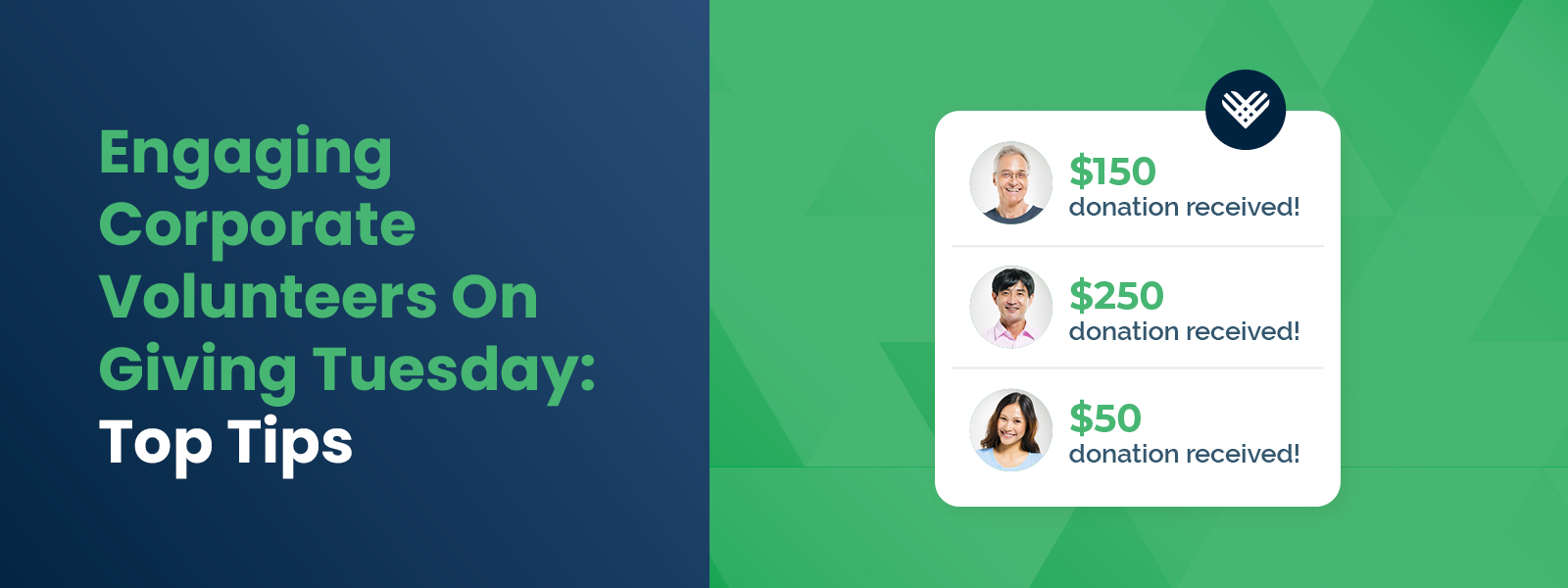
Engaging Corporate Volunteers On Giving Tuesday: Top Tips
Giving Tuesday has become a global phenomenon, synonymous with…

Capital Campaigns: A Groundbreaking Guide to Success
Every nonprofit organization reaches a point where its vision…

5 Workplace Giving Myths Debunked: Unlocking Hidden Revenue with Employer Data
In my years working alongside fundraising directors, annual giving…
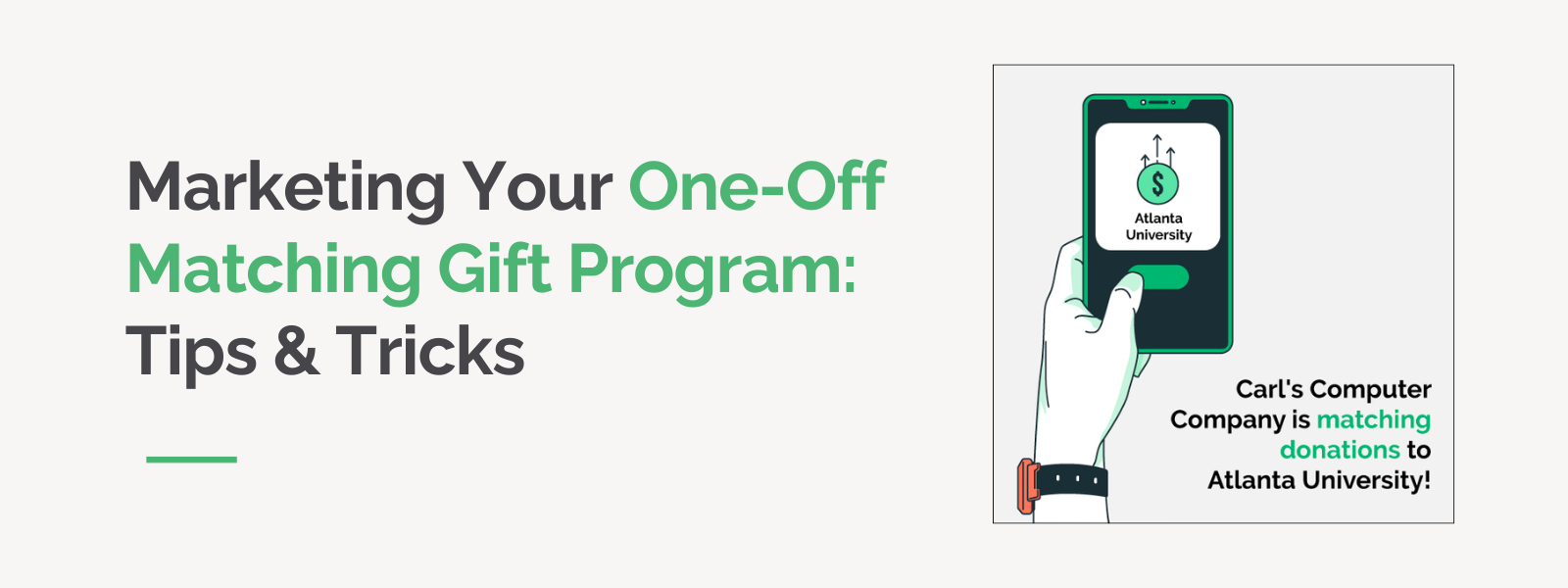
Marketing Your One-Off Matching Gift Program: Tips & Tricks
Custom or exclusive matching gift partnerships are powerful…
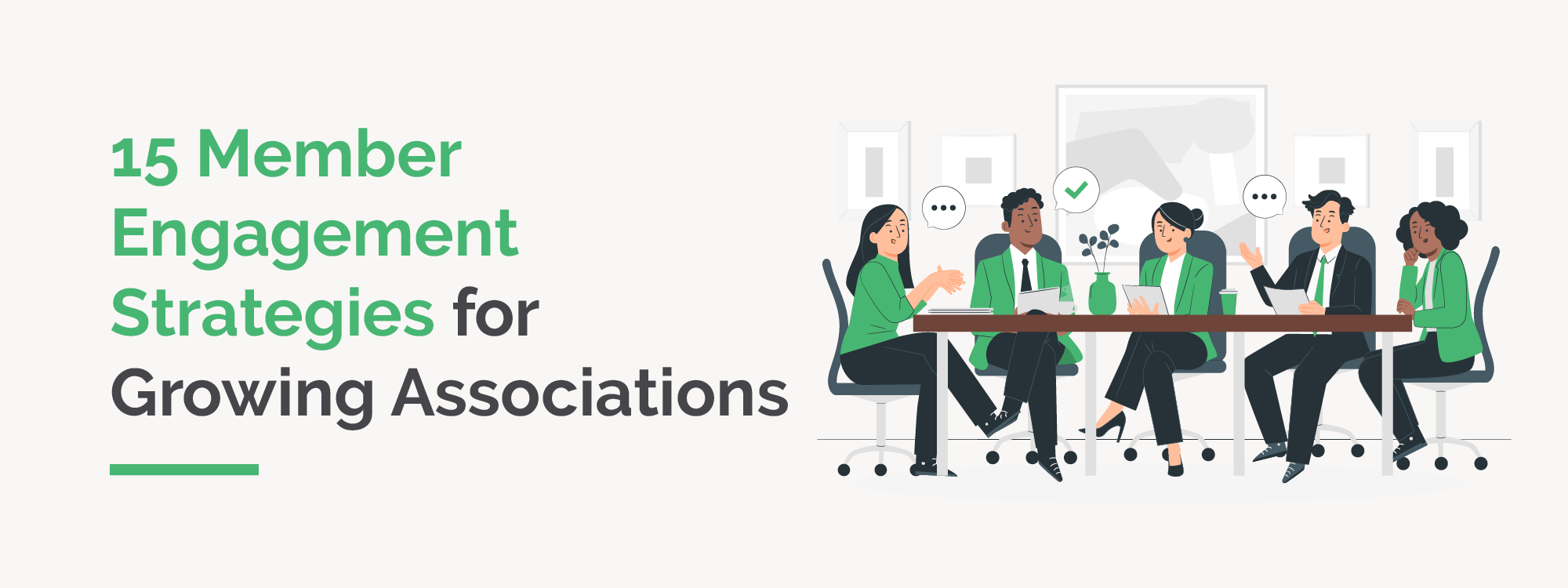
15 Member Engagement Strategies for Growing Associations
Picture this: a new member joins your association, signs up for…
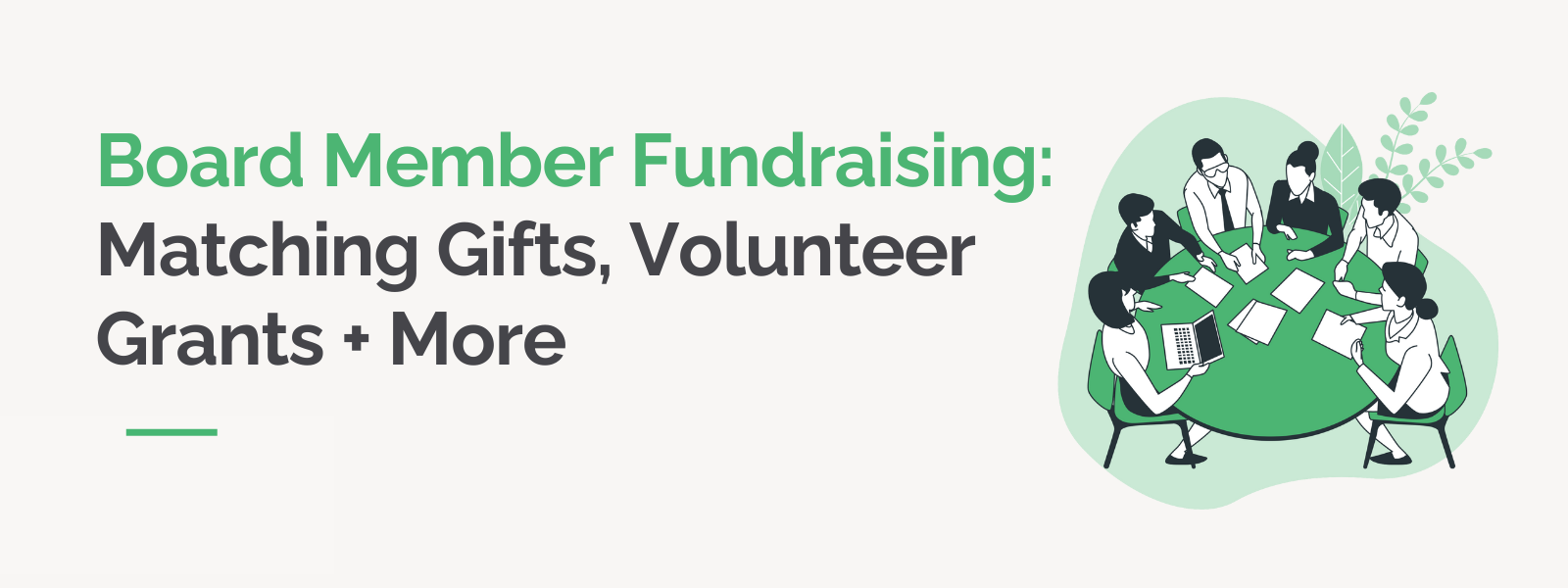
Board Member Fundraising: Matching Gifts, Volunteer Grants
A well-established board of directors can play a critical role…
![How to Find Grants for Nonprofits [Quickly & Easily!]](https://doublethedonation.com/wp-content/uploads/2025/01/DTD_How-to-Find-Grants-for-Nonprofits-Quickly-Easily_Feature.png)
How to Find Grants for Nonprofits [Quickly & Easily!]
Securing grants is often a vital part of keeping a nonprofit…
 https://doublethedonation.com/wp-content/uploads/2024/12/DTD_How-to-Get-Sponsors-for-an-Event-A-Fundraisers-Guide_Feature.png
600
1600
Julia Beltran
https://doublethedonation.com/wp-content/uploads/2025/11/DTD-horizontal-logo-300x63.png
Julia Beltran2024-12-12 18:46:502026-01-07 18:21:30How to Get Sponsors for an Event: A Fundraiser’s Guide
https://doublethedonation.com/wp-content/uploads/2024/12/DTD_How-to-Get-Sponsors-for-an-Event-A-Fundraisers-Guide_Feature.png
600
1600
Julia Beltran
https://doublethedonation.com/wp-content/uploads/2025/11/DTD-horizontal-logo-300x63.png
Julia Beltran2024-12-12 18:46:502026-01-07 18:21:30How to Get Sponsors for an Event: A Fundraiser’s Guide
Matching Gift Content Calendar: Marketing Through the Year
Incorporating matching gifts into your nonprofit’s marketing…
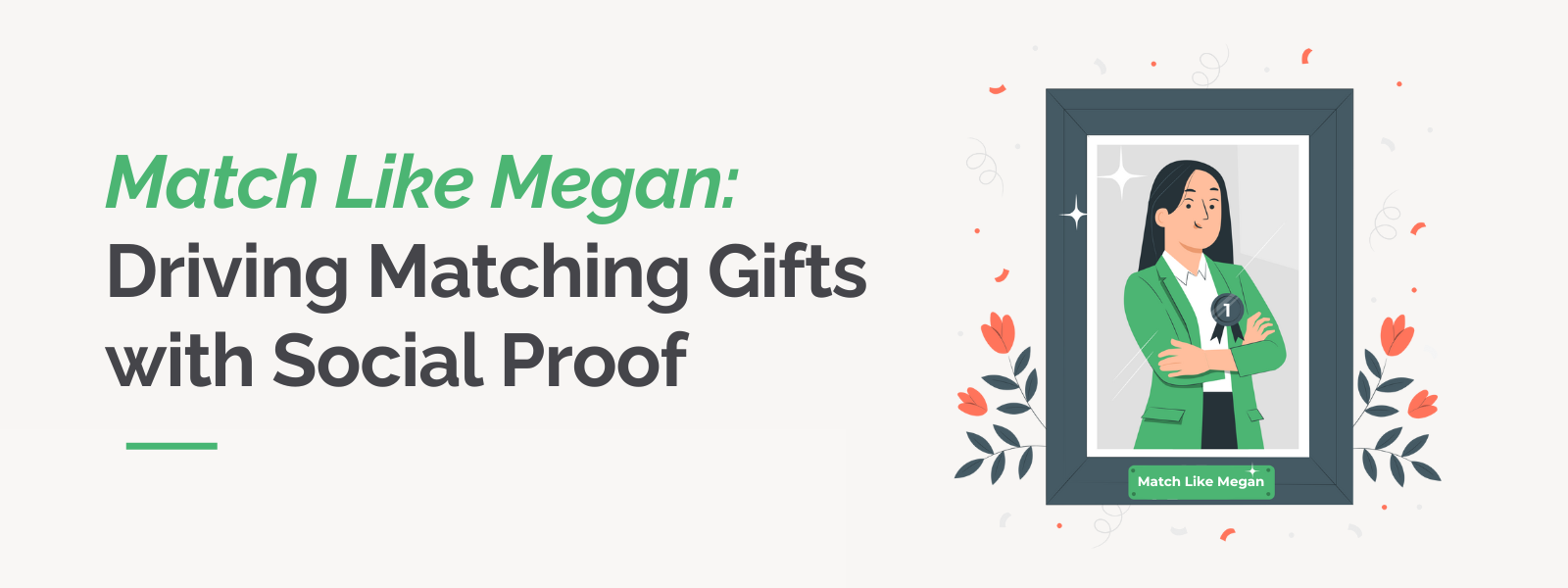
Match Like Megan: Driving Matching Gifts with Social Proof
In the world of fundraising, one of the most effective yet underutilized…

